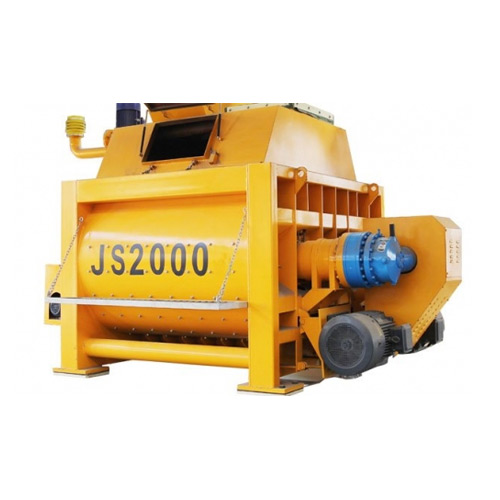Innovative Fish Feed Machine for Floating Pellets and Sustainable Aquaculture Solutions
Oct . 02, 2024 00:27 Back to list
Innovative Fish Feed Machine for Floating Pellets and Sustainable Aquaculture Solutions
The Revolution of Floating Fish Feed Machines Enhancing Aquaculture Sustainability
In recent years, the global aquaculture industry has witnessed a significant transformation, driven by the rising demand for fish and seafood products. As populations grow and the pressures on marine ecosystems increase, sustainable aquaculture practices have become paramount. One of the most substantial advancements in this field is the development of floating fish feed machines, which have revolutionized how fish feed is produced and utilized.
Understanding Floating Fish Feed Machines
Floating fish feed machines are specialized equipment designed to manufacture high-quality floating feed pellets for various aquatic species, including fish and shrimp. These machines utilize a combination of raw ingredients, such as fish meal, vegetable proteins, and other essential nutrients, which are formulated into a balanced diet tailored to the specific needs of farmed fish. The process typically involves grinding, mixing, cooking, and extruding the feed, resulting in pellets that float on the surface of water, making it easier for fish to consume them.
Benefits of Floating Fish Feed
One of the primary advantages of floating fish feed is its digestibility. Floating pellets tend to have a better nutrient profile and are easier for fish to eat, reducing wastage and ensuring that more of the feed is converted into growth. This efficient feed utilization not only enhances the growth rates of fish but also minimizes the environmental impact associated with uneaten feed sinking to the bottom of the water body.
Moreover, floating feed allows farmers to monitor feed consumption more effectively. By observing how much feed is taken over time, farmers can make informed decisions about the amount of food to supply, further enhancing feed efficiency and reducing costs.
Technological Innovations
The evolution of floating fish feed machines has been characterized by technological innovations designed to improve production efficiency and product quality. Modern machines are equipped with advanced control systems that allow for precise adjustments to the feed formulation process. This capability ensures the consistent production of pellets that meet the nutritional requirements of various fish species.
floating fish feed machine

Additionally, these machines are increasingly incorporating sustainable practices. For instance, manufacturers are now using alternative ingredients, such as insect meal or algae, to replace traditional feed components. These alternatives not only reduce dependency on overfished resources but also contribute to more eco-friendly feed production.
Economic Impact on Aquaculture
The introduction of floating fish feed machines has also had a profound economic impact on the aquaculture industry. By improving feed conversion ratios and growth rates, farmers can enhance productivity and profitability. Floating feed machines can significantly lower production costs by optimizing raw material use and minimizing waste. As a result, aquaculture operations can scale up and meet the growing consumer demand for seafood without further depleting wild fish populations.
Furthermore, these machines can be set up in local areas, allowing small-scale farmers to produce their own feed. This self-sufficiency not only reduces reliance on commercial feed suppliers but also empowers local communities, contributing to rural development and food security.
Challenges and Considerations
Despite the numerous advantages of floating fish feed machines, there are challenges that the industry must address. One significant concern is the sourcing of sustainable raw materials. The aquaculture sector faces scrutiny over its environmental footprint, and ensuring that feed ingredients are ethically sourced is crucial for maintaining consumer trust and market viability.
Another challenge is the initial investment cost associated with purchasing and maintaining these machines. While the long-term savings can often outweigh the initial expenses, small farmers may find it difficult to access the necessary capital for startup.
Conclusion
Floating fish feed machines represent a significant advancement in the aquaculture sector, promoting more sustainable practices and improving the efficiency of fish farming operations. As the industry continues to evolve, the integration of new technologies and sustainable practices will be critical in addressing the challenges of feeding the world's growing population. By enhancing feed quality and reducing waste, floating fish feed machines not only contribute to healthier aquatic ecosystems but also play a vital role in ensuring a steady supply of fish for future generations. As we look ahead, the continued innovation in this field will be fundamental in driving the aquaculture industry toward a more sustainable future.
-
High Performance Exhaust Fan – Efficient Ventilation Solutions for Home
NewsJun.10,2025
-
High-Quality Gestation Pen for Sows Durable Mobile Pig Pen & Simple Pig Pen Solutions
NewsJun.10,2025
-
High Quality Rabbit Cage Double Tier Designs & Welded Wire Mesh Supplier
NewsJun.10,2025
-
Floating Fish Feed Machine - High Efficiency Floating Fish Feed Extruder for Small Scale Production
NewsJun.10,2025
-
Premium Poultry Housing Solutions Mobile & Commercial Free Range Options
NewsJun.10,2025
-
Industrial FRP Fans Corrosion-Resistant Blades & Centrifugal Systems
NewsJun.09,2025






